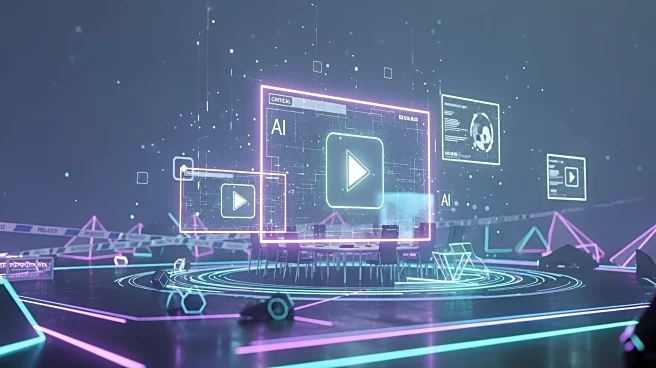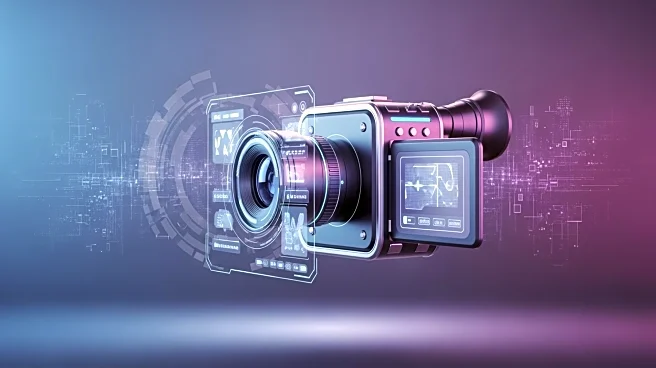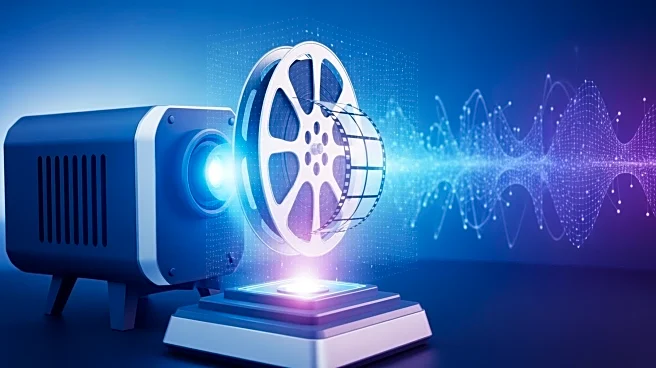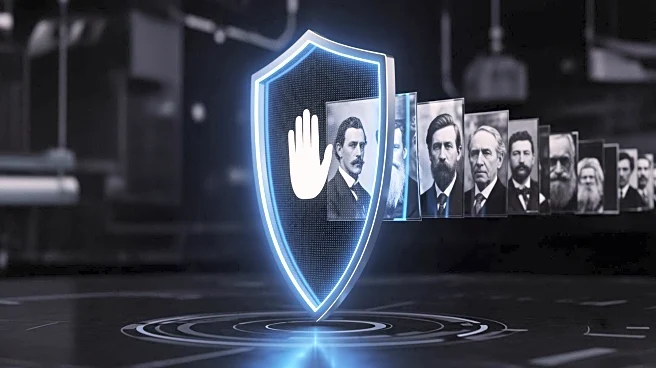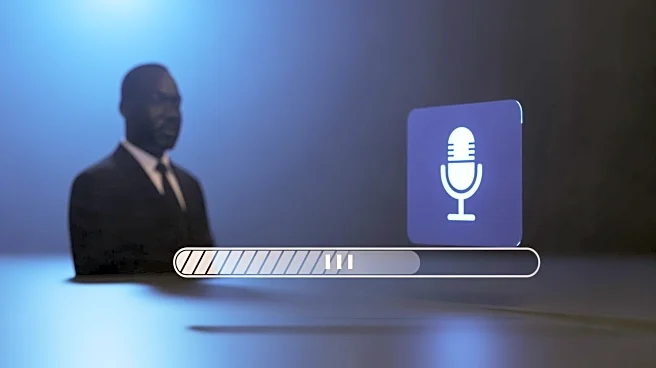What's Happening?
AI video generators are emerging as a significant development in the field of generative AI, allowing users to create short video clips using text-to-video and image-to-video technology. Major tech companies
like OpenAI, Google, and Adobe have introduced AI video models such as Sora 2, Veo 3, and Firefly, respectively. These tools enable users to generate videos by entering prompts or uploading images, with options to customize motion and camera angles. The technology is still in its early stages, with some models experiencing errors known as 'hallucinations.' Despite this, AI video generators are gaining popularity for their creative potential.
Why It's Important?
The advent of AI video generators represents a significant shift in content creation, offering new possibilities for media production and storytelling. This technology democratizes video creation, allowing individuals and small businesses to produce high-quality content without extensive resources. However, it also raises legal and ethical questions regarding the ownership and authenticity of AI-generated content. As these tools become more widespread, they could disrupt traditional media industries and change how content is consumed and shared online.
What's Next?
As AI video generators continue to evolve, we can expect further advancements in their capabilities and accessibility. Companies are likely to refine their models to reduce errors and improve user experience. The growing interest in AI-generated content may lead to increased investment in research and development, as well as collaborations between tech companies and creative industries. Additionally, there may be a push for clearer regulations and guidelines to address the ethical and legal challenges posed by AI-generated media.
Beyond the Headlines
The rise of AI video generators could have long-term implications for the creative industry, potentially altering the roles of traditional content creators and challenging existing intellectual property laws. As AI-generated content becomes more prevalent, it may also influence cultural norms around creativity and originality. The technology's ability to produce realistic videos could blur the lines between reality and fiction, prompting discussions about the nature of truth in digital media.
